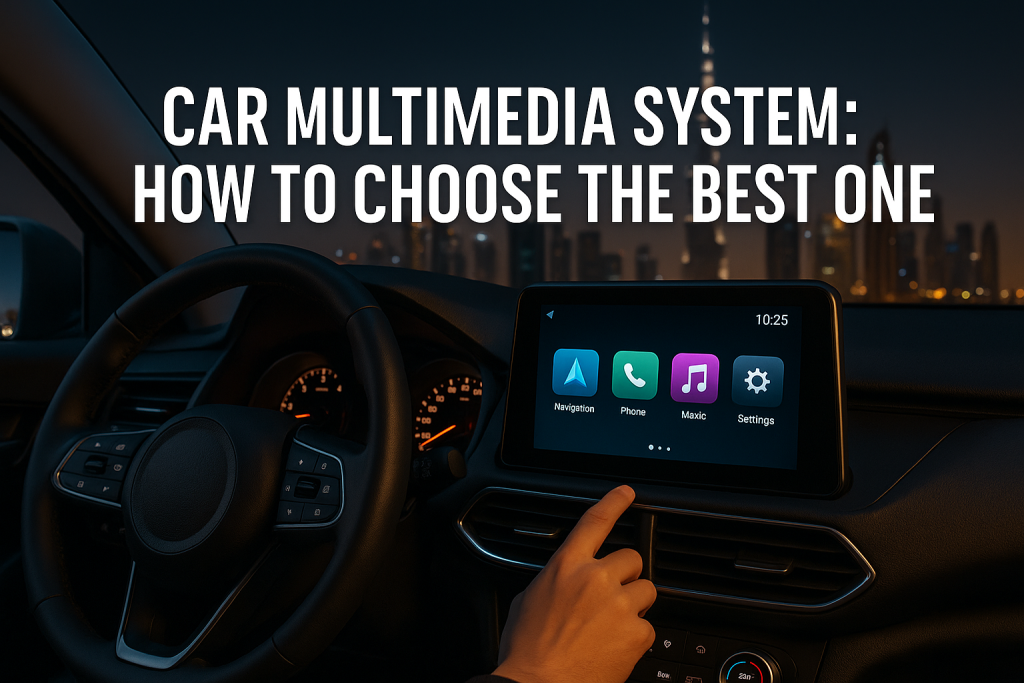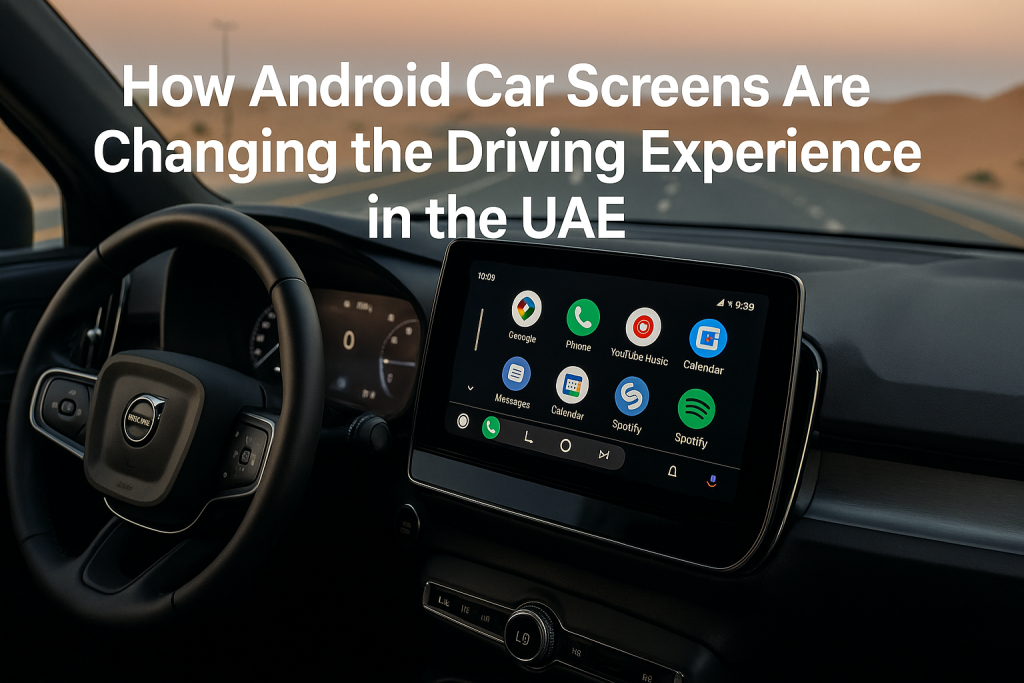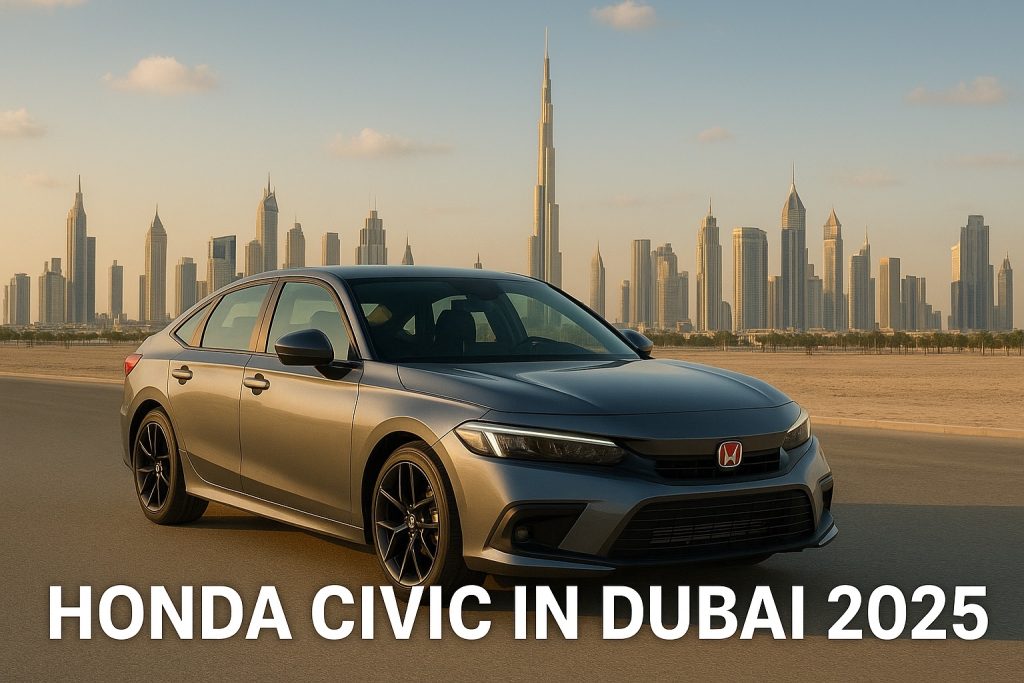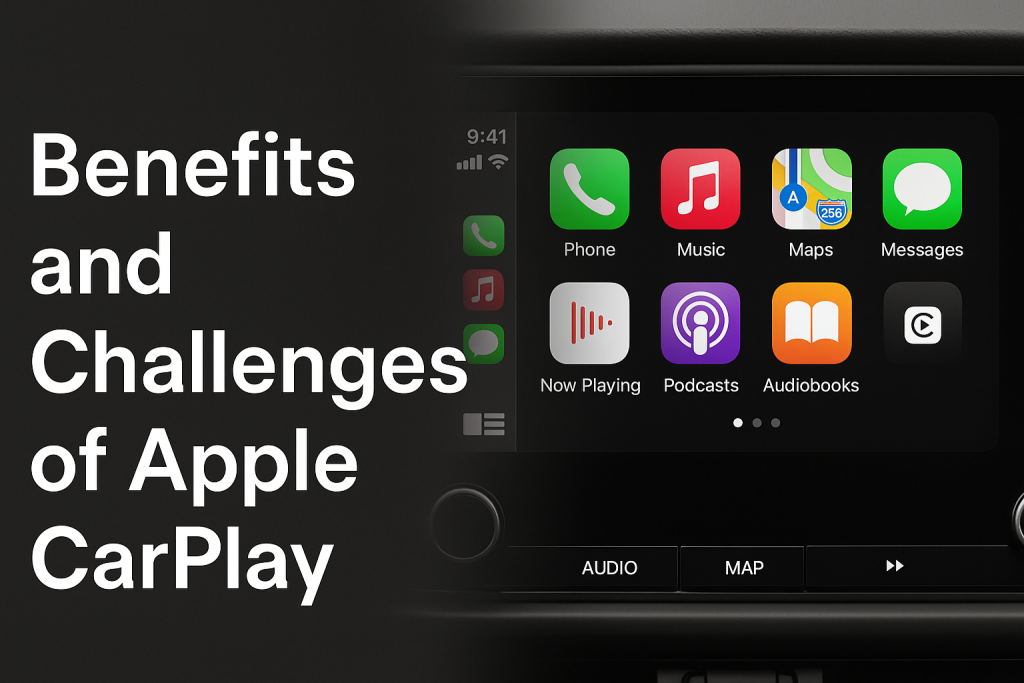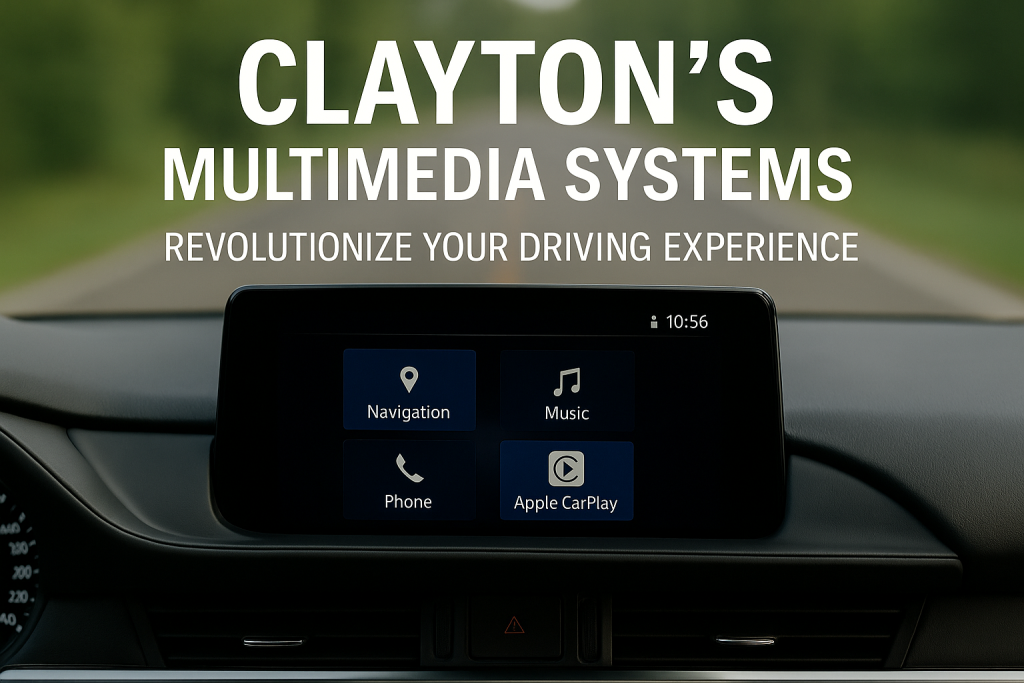Car Multimedia Systems: Elevate Your Driving Experience
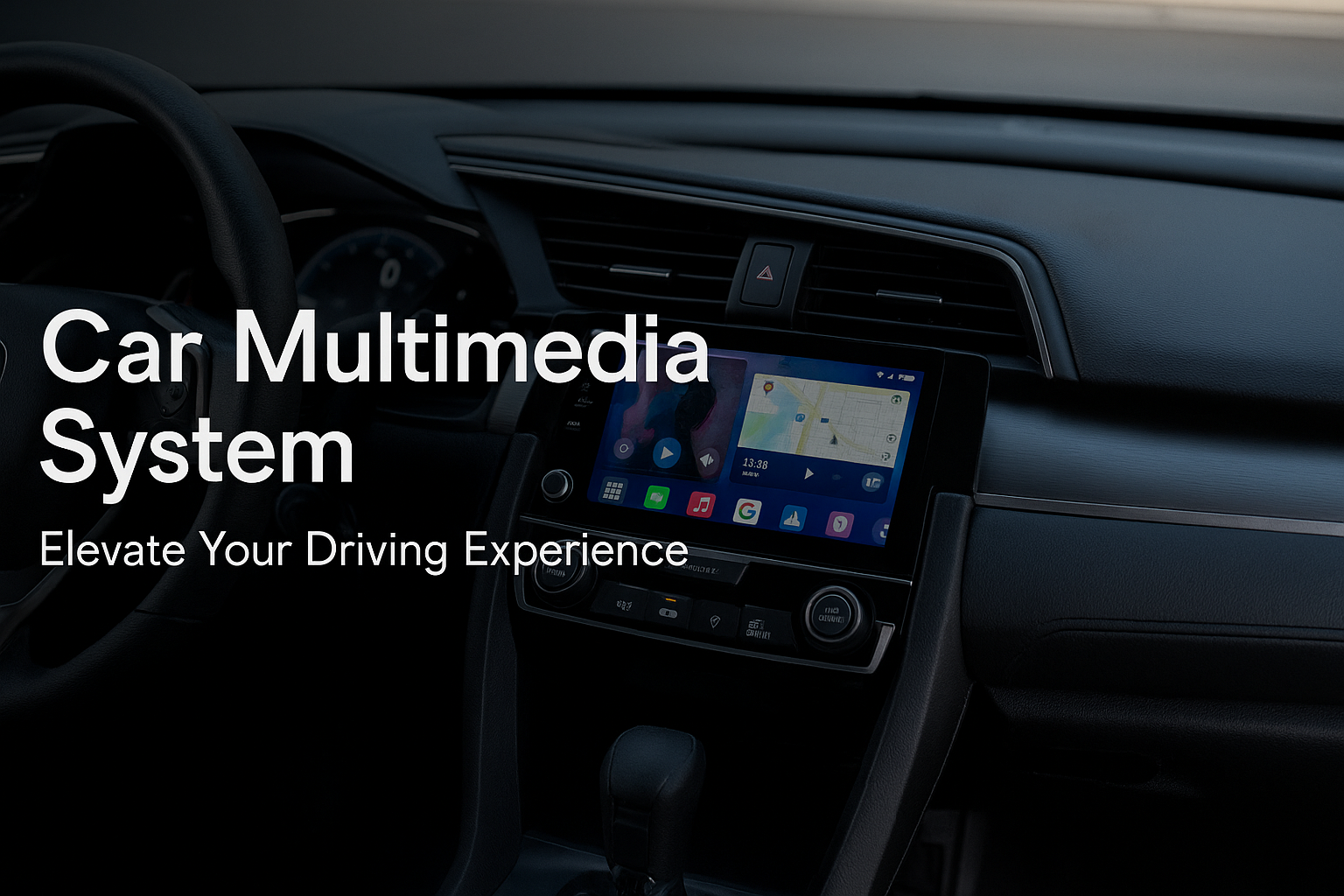
A car multimedia system is no longer luxury–its necessity for modern drivers
Indeed In the early days, car audio systems were limited to simple radios and cassette players. However, as technology advanced, vehicles have transformed into smart, connected hubs with modern car multimedia systems. Today’s multimedia units not only entertain but also improve navigation, connectivity, and even safety on the road.
Key Components of Modern Multimedia Systems
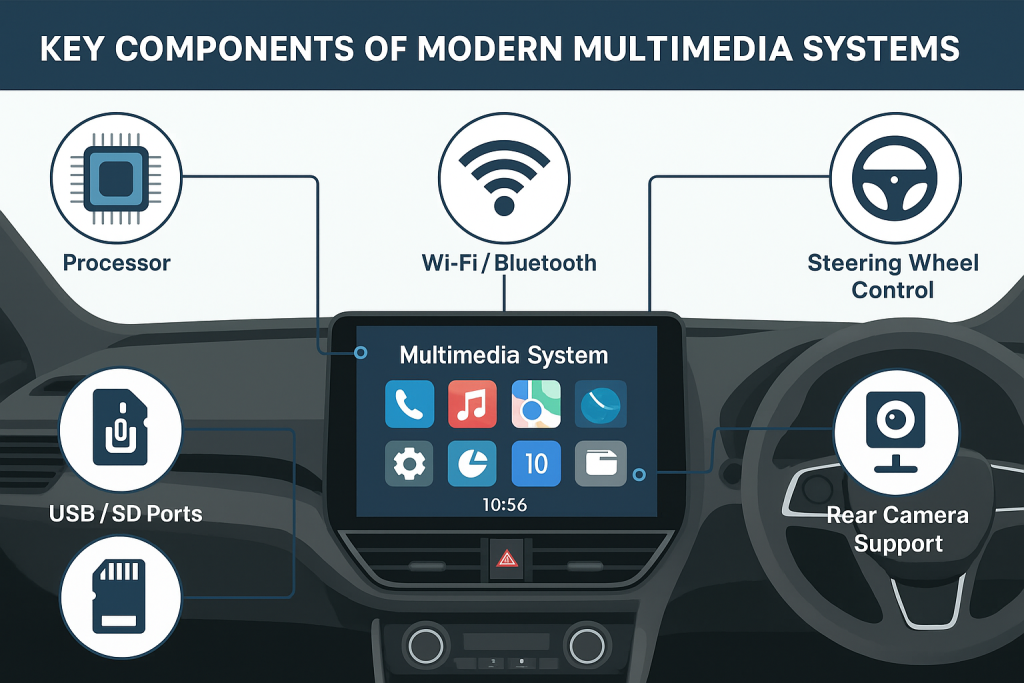
Touchscreen Display
Modern systems feature large, high-resolution touchscreens (typically 7 to 12 inches), supporting multi-touch gestures, vivid visuals, and intuitive menus.
Operating System
Most systems run on Android OS, Windows, or a proprietary platform, allowing for a user-friendly experience and app compatibility.
Processor & Hardware
Fast processors ensure smooth operation, quick navigation, and the ability to run multiple apps simultaneously.
Storage & Ports
Ample built-in storage and support for USB, SD cards, and AUX ports mean you can store and play all your favorite media with ease.
Advanced Features Explained
GPS Navigation in Vehicle Multimedia Systems
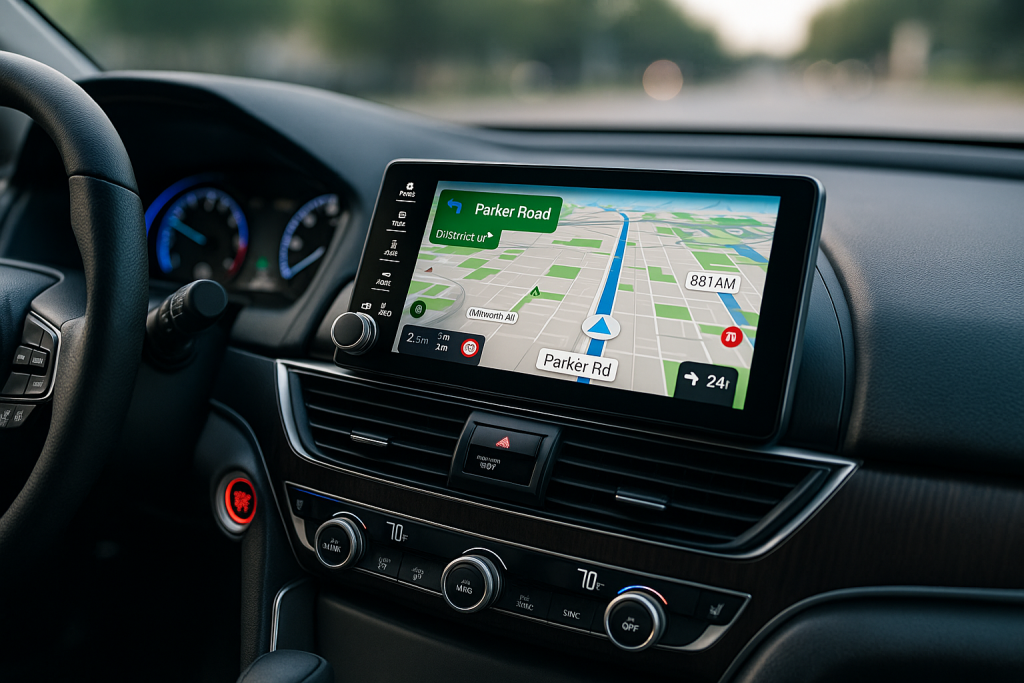
How Does GPS Work?
For example Modern car multimedia systems use GPS (Global Positioning System) technology to pinpoint your exact location anywhere in the world by connecting to a network of satellites. The system calculates your position in real-time, allowing for accurate navigation and route planning.
Online vs. Offline GPS
- Online GPS uses internet connectivity to provide live traffic updates, rerouting suggestions, and search for new destinations on the go. Apps like Google Maps and Waze are perfect examples.
- Offline GPS stores maps and navigation data locally on the device, so you can navigate even when there’s no internet connection—ideal for remote areas or when traveling abroad.
Accuracy, Map Updates, and Advanced Routing
Modern systems offer high accuracy, lane guidance, and voice navigation. Frequent map updates ensure your routes reflect new roads and traffic changes. Advanced features like predictive routing, points of interest, and real-time hazards make navigation safer and more efficient.
Smartphone Integration with Dashboard Media System
Connecting Apple CarPlay & Android Auto
Moreover Most modern head units support Apple CarPlay and Android Auto. Simply connect your phone via USB or wirelessly, and the interface appears on your car’s screen. You can safely access music, navigation, calls, messages, and apps through voice or touchscreen controls.
This feature makes the car multimedia system more interactive.
Integrating Apple CarPlay into a vehicle infotainment system ensures seamless connectivity.
Navigation is a core part of every in-car multimedia unit.
Benefits of Smartphone Integration
- Music Streaming: Access Spotify, Apple Music, or any app from your phone.
- Calls & Messages: Make calls and dictate messages hands-free.
- Navigation: Use Google Maps, Waze, or Apple Maps with real-time updates.
MirrorLink and Screen Casting
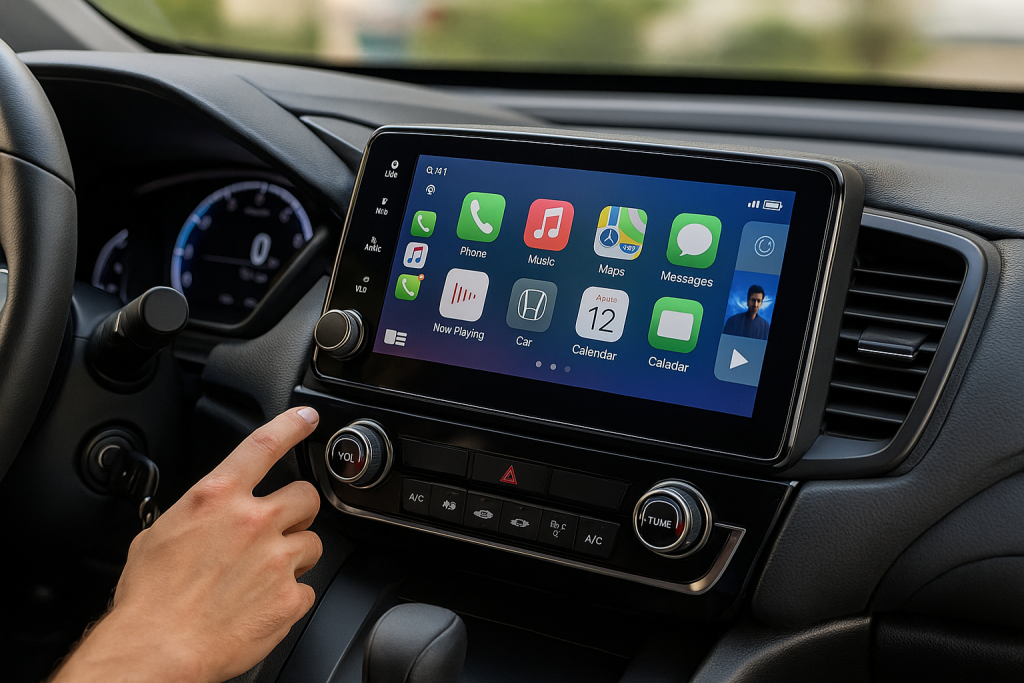
Display Your Phone Screen on the Car Display
MirrorLink and casting features let you project your smartphone’s display onto the car’s screen. This allows you to use any app on your phone, view videos, or display navigation that might not be natively supported by the multimedia system.
Real-world Applications
- Watching tutorials, checking weather, or following unique maps.
- Displaying your favorite music visualizer while driving.
Voice Control in Modern Multimedia systems
Advantages of Voice Control
For example Voice commands reduce distractions by allowing you to control your system without taking your hands off the wheel. Most units support voice assistants like Siri or Google Assistant.
Example Voice Commands
- “Navigate to the nearest gas station.”
- “Call John Smith.”
- “Play my road trip playlist.”
- “Read my latest messages.”
Support for Multiple Cameras
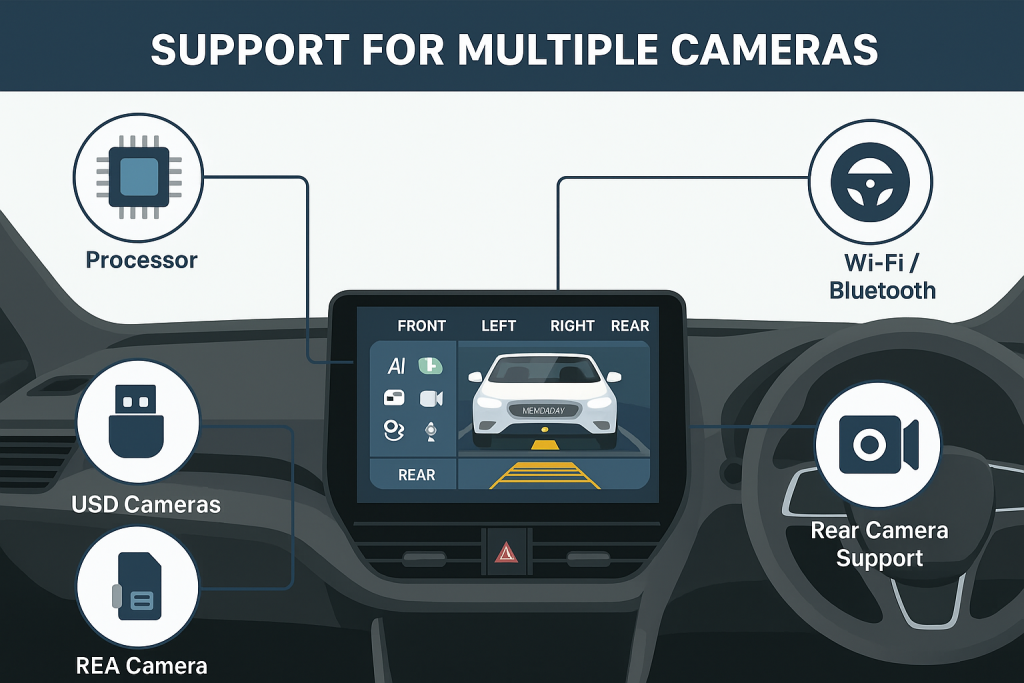
Rear, Front, and 360-degree Cameras
Modern multimedia systems can connect to rear-view, front, or even 360-degree cameras. These cameras automatically activate when you reverse or park, displaying a clear view on your screen.
Parking Guidelines & Alerts
On-screen dynamic guidelines help you park safely, and advanced systems can offer obstacle detection and audible alerts to prevent accidents.
Internet & Wi-Fi Connectivity
Using Online Apps
With built-in Wi-Fi or mobile hotspot support, you can use apps like Waze for navigation, Spotify for streaming, or even browse the web directly from your dashboard.
Remote Software Updates
Many systems can download and install software or map updates automatically, keeping your system secure and up-to-date with the latest features.
Playback of Multiple Video & Audio Formats
Supported File Types
Most advanced systems can play a wide range of video and audio formats, including MP4, MKV, FLAC, MP3, and more. This ensures compatibility with your entire media collection for a richer in-car entertainment experience.
Comparing Popular Brands
- Pioneer: Renowned for audio quality and feature-rich systems, great for audiophiles.
- Kenwood: Offers high-end navigation and connectivity, ideal for tech enthusiasts.
- Alpine: Known for user-friendly interfaces and reliable hardware.
- Sony: Sleek designs with smart integrations and fast performance.
- JVC: Good value, versatile features for mid-range budgets.
- Clayton: Advanced multimedia systems with seamless connectivity, intuitive controls, and reliable performance. Ideal for drivers seeking innovation and ease of use. Explore more at claytondubai.com
- Roadpower: Smart, budget-friendly multimedia units designed for practical functionality and enhanced safety features.
- Maxxlink: High-performance systems with solid build quality, trusted across a wide range of vehicle types.
User Experience & Installation
While many multimedia systems are designed for easy installation, professional fitting is recommended to ensure optimal performance, wiring safety, and to maintain your car’s warranty. A properly installed system guarantees seamless integration with steering wheel controls and factory settings.
Safety & Security Tips
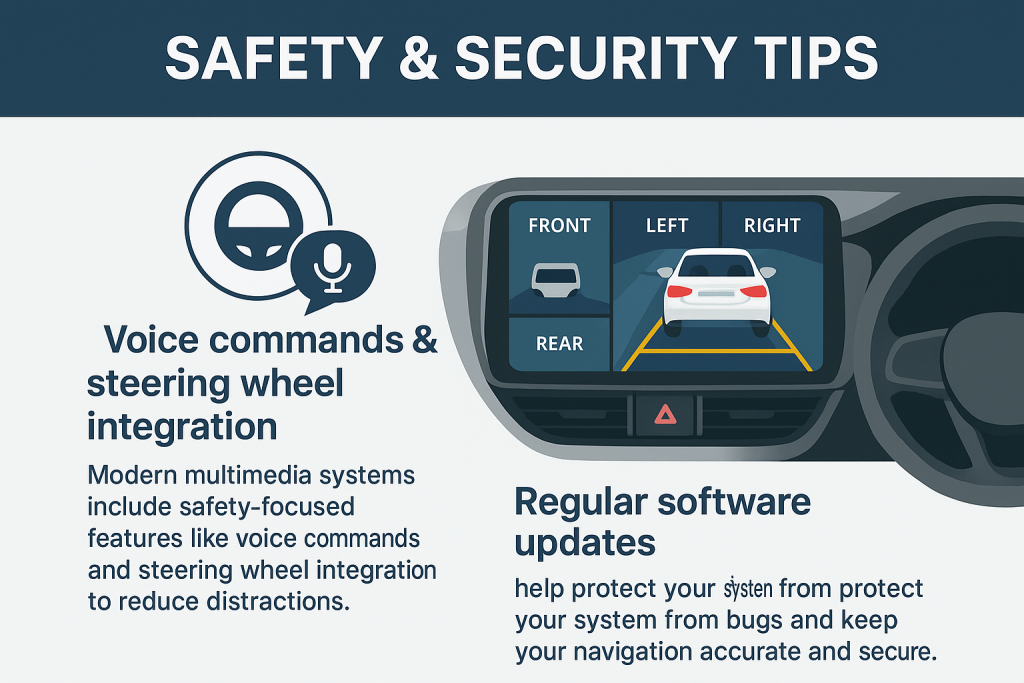
Modern multimedia systems include safety-focused features like voice commands and steering wheel integration to reduce distractions. Regular software updates help protect your system from bugs and keep your navigation accurate and secure.
Frequently Asked Questions
Does a car multimedia system increase power consumption?
Modern systems are energy-efficient and designed not to overload your car’s battery.
Which systems are suitable for local car models?
Universal-fit systems are available for most global and local vehicles. Always check compatibility with your car make and year.
Do these systems come with warranty and support?
Yes, reputable brands and sellers offer manufacturer warranties and after-sales support.
Top Car Multimedia Systems at Caronic
Looking for the best selection of car multimedia systems? Caronic offers a curated range of high-quality head units, Android-based systems, and advanced infotainment options—suitable for all needs and budgets. Shop with confidence thanks to:
- Genuine product warranties
- Professional installation services
- Expert advice and customer support
Popular Caronic Models:
- Android multimedia systems with 9 or 10-inch HD touchscreens
- Units with built-in navigation, DSP audio processing, and wireless CarPlay
- Full compatibility with rear-view cameras and steering wheel buttons
Conclusion
To sum up Upgrading to a modern car multimedia system transforms your driving experience, making every journey more entertaining, connected, and safer. Whether you’re after seamless navigation, music streaming, or just a smarter dashboard, Caronic has you covered.
Ready for a smarter drive?
Explore Car Multimedia Systems at Caronic and discover the perfect upgrade for your car!

